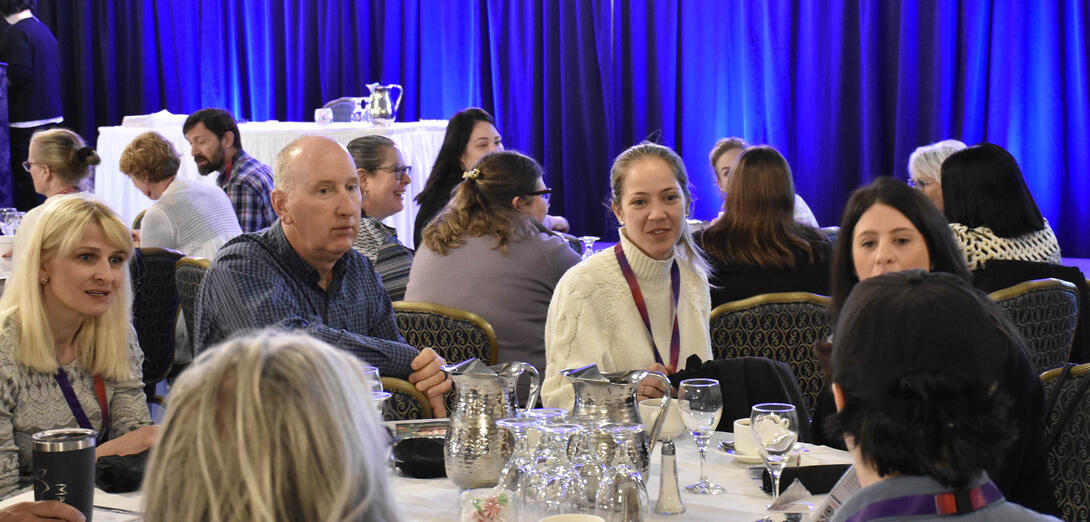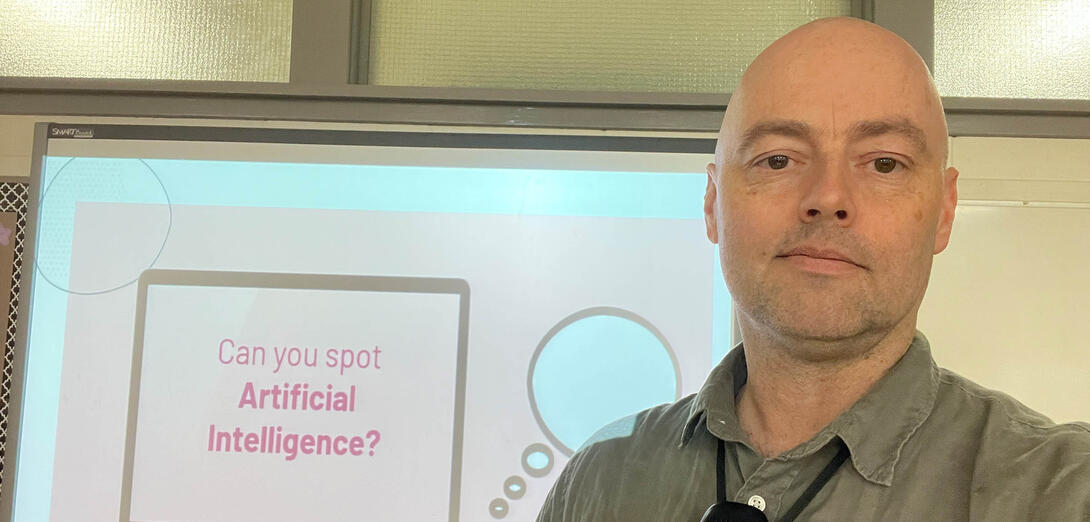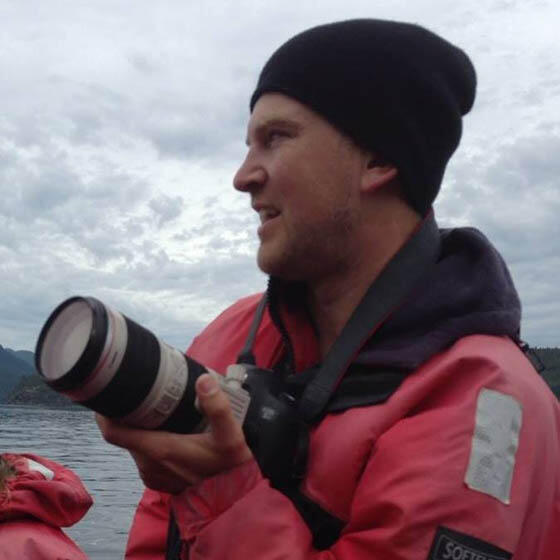What was it like to be a female teacher in the early 1900s? Well, you would not have been acknowledged as a professional, and everything you did – because you believed in and pursued education – was on your own.
In this context, 12 brave women from Austin, Texas founded the International Society of Women Educators (DKG) in 1926. Their mandate was to unite women who were in educational roles so that they could be better prepared professionally, be recognized for their work and be able to access scholarships if they wanted to improve their professional preparation. Today, the Society’s mission continues to be, “To promote professional and personal growth of women educators and excellence in education.”
Now, nearly 100 years since its inception, the Society includes more than 51,000 women educators in 17 countries and is the largest professional women’s organization in the world.
The Society’s work
To unite educators and to allow them to discuss common concerns and issues, the Society holds conventions and conferences that are accessible in all member countries. The Canadian conference will be held in July 2025 in Brandon, Manitoba.
In Alberta, the Edmonton area hosts three chapters of the Society, while Calgary hosts one. These local chapters work within the communities to support each other, early educators, schools and school children. Professional and personal development are priorities at our monthly meetings; at the same time, with the struggles teachers face in current times, we see the importance of simply socializing and appreciating each other.
The Society is also a philanthropic force on the international scene, giving millions of dollars each year in scholarships, grants and project support. We offer World Fellowship Scholarships to women who have come to Canada and the United States to pursue advanced degrees despite financial and cultural odds.
Several winners of the World Fellowship Scholarship attend the University of Alberta and the University of Calgary, with most of these students engaging in graduate work in the field of healthcare.
Nationally, we support Canada’s First Artists through the “Art for Aid” and “Sew and Sew” projects. These are programs of “Soaring Circle” (previously known as “I Love First Peoples”) that help Indigenous youth succeed through education in communities across Canada.
What membership means
The key benefits and opportunities provided to members through the Society are as follows.
1. Leadership
Every member is considered a leader. How you choose to lead is up to you, but you will find support locally, provincially, nationally and internationally.
2. Travel and networking
Having 17 country members in the Society affords networking across the globe. Members can experience other cultures by applying for and being selected as an international speaker, with travel costs paid by the International Speaker Fund. Conferences and conventions are held locally and internationally, and members can attend or present at any location.
3. Financial assistance
Scholarship opportunities are available at all levels (locally, nationally and internationally). Master degree scholarships of $6,000 and doctoral degree scholarships of $10,000 are available. In another vein, emergency funds are available to support members in the event of a natural disaster.
4. Recognition
Members are recognized for their accomplishments and achievements, with doctoral recipients being recognized annually. In addition, the Educators Book Award Committee awards $2,500 annually to one woman author or joint authors whose book influences educational direction. Each year, a copy of the winning book is donated to the ATA library. This year’s winner is The Teachers: A Year Inside America’s Most Vulnerable Profession by Alexandra Robbins, and it will be in the ATA library shortly.
5. Advocacy
Becoming a member means you are automatically a member of your national forum. Your forum takes on projects and provides professional reports regarding legislation that has implications for teachers, women and children. The Society is a nongovernmental organization member of the United Nations.
6. Publishing
In addition to the many professional journals and bulletins you will receive as a member, the Society offers several opportunities to have your work or articles published. Further, the Fine Arts Gallery displays submissions from members on the Society’s international website annually.
Getting involved
Our members are leaders and potential leaders. They bring out the best in others. They are authentic. They are responsive to feedback. They are result-oriented. They are adaptable. They are conceptual thinkers. They are motivated to make a difference.
Members include collegiate members, active teachers, retired teachers and others who have shared their knowledge or who have trained individuals in their job or profession.
That could be you!
If you are a leading woman educator (retired or active) who wants to be a part of this international society, please visit the DKG Alberta website or contact Joan Kabotoff (joan.kabotoff@me.com) or Sherrie MacRae (sherrimacrae@gmail.com).
Opinions expressed on this page represent the views of the individual writers and do not necessarily reflect the position of the Alberta Teachers’ Association.


